If you could purchase a lure that was almost guaranteed to catch a striped bass when sand eels are the prevalent baitfish - would you? There has been a lure around for some 40 years that fit this scenario – the Red Gill Teaser. Ask any dyed-in-the-wool surfcaster about Red Gill Teasers and they are sure to have a story to tell.
Red Gill Teaser History
The Red Gill is a soft plastic lure that is a perfect imitation for a sand eel (sand launce) which is a prevalent baitfish in the waters of the Northeast. Red Gills made landfall in this country in 1975, having been imported to the Cape Cod surf from their original home in England where they were originally designed to be used as teasers when jigging for Cod and Pollock. Noted surfcasting author Frank Daignault was first to use them with great success on the Cape Cod’s back beach. Red Gills are long and slender and have a unique paddle-shaped tail which is the key to creating an irresistible and life-like action of a sand eel. Red Gills can be fished either from shore or boat and are most often used as a teaser or dropper rigged forward of another lure. By far the most popular size Red Gill is the Rascal and most surf casters will use this size along with the Raver when surf fishing for striped bass.
How To Rig a Red Gill Teaser
The traditional way to fish the Rascal is to rig it as a dropper/teaser about 2-3 feet in front of a plug such as a darter, or needlefish. The two most popular ways of rigging the Red Gill Rascal for striped bass:

- Run a 6-10 inch length of monofilament leader material through the nose of the Red Gill and out the vent. Tie it to any strong hook such as the Mustad Signature C68SNP Tarpon hook, size 3/0 to 7/0. Using leader pull hook into the hollow body of Red Gill. Then tie the dropper leader to the lower ring of the barrel swivel of your main leader.

- Take the hook and insert the point into the nose of the Red Gill and push it approximately ¾ inch into the hollow body. Push point out through the bottom of the Red Gill. A short shank hook is better suited for this rigging style. A Red Gill rigged this way will have the eye of the hook exposed for easy tying onto the dropper leader. Tie dropper leader to lower ring of the barrel swivel of your main leader.
Red Gill Tips and Proven Techniques
Red Gills are extremely effective whenever sand eels or other small baitfish are present. During times like these striped bass may become very selective and ignore traditional plugs/lures, especially in clear, calm, or bright moon conditions. When using the Red Gill I always use a dropper leader slightly weaker than the main leader of my plug. For instance, if your main leader is 60-pound test, use a 50-pound test leader tied to your Red Gill. The reasoning for this is that double headers (two fish hooked up at the same time) are very common when using Red Gills. When you have a large bass hooked up to the plug and another to the Red Gill they will fight each other and something will often break or fail, in most cases, you’ll want the dropper to break off preserving your more expensive plug. Don’t let the small size of the Red Gill fool you, they will take very large bass. Some of my fellow surf hounds have taken bass into the 50-pound class on them. This is why it’s very important to rig them on a very strong hook. My personal preference as mentioned before is the Mustad Signature C68S Tarpon Hook. These hooks are stainless steel, 2X strong with a short shank making them perfect for Red Gill use. Any similar strong hook will also work. As always, all hooks should be sharpened!
Tony Chiarappo, a well-respected angler and good friend of mine has used Red Gills since they first made their appearance on the Cape in the 1970s.
Tony Chiarappo; “Before Red Gills, I used feather droppers and Mann’s Jelly Worms as teasers. I was the third person on the Cape to get some Red Gill’s after Frank Daignault and Frank McHugh. Alex Ingram who owned the company at that time had his name on the box. I called him and talked to him directly and was quite surprised when he sent me over a hundred assorted Red Gills. The hooks that Red Gills were fitted with were inferior so we rigged them with 7/0 O’Shaughnessy hooks. One night my friend Mike Desimone and I were getting large striped bass, some over fifty pounds, by just casting single Red Gill droppers in front of them....it was wild, fly rod fishing with a spinning rod! The Red Gill was a lure of many uses. Another way we rigged them was to use two Red Gills tied as a double dropper rig which we could cast a mile with a heavy sinker....or using the 7-inch size as a single dropper with an egg sinker stuffed inside and dragged on the bottom. My friend Jimmy Kostas used Red Gills to take more large bass on the Cape than anyone; he just seemed to have the knack when using them. And of course, Steve Campo and his crew used the Red Gill with great success; Steve literally had hundreds of them in his truck. I’d have to say the Red Gill was probably the most effective and prolific bass catcher on the Cape having had a major hand in the demise of the giant bass that invaded the shores of the outer beach in the middle the to late 70s. Another very effective Red Gill product that I used with great success was called the “Pilchard”. You could probably say the Pilchard was the predecessor to what we call the rubber shads of today. In the end, I regret not asking Mr. Ingram to be his stateside representative because the Red Gills have always been a consistent bass catcher.”
Steve McKenna, another good friend of mine has this to say about Red Gills: Steve McKenna; “I was originally introduced to the Red Gill lure by Frank Daignault. I used them regularly years ago until the sand eels disappeared and then started using them again two seasons ago, when the sand eels made a comeback. All four sizes of the Red Gill work but my favorite is the 4.5 inch Rascal model. My most productive colors are all black, all white/pearl, orange/yellow and chartruse (lime green). I had a 28 pound fish on a black 4 incher this past fall and I think my largest striper on a Red Gill was taken on a 7 inch Raver model. That fish was 33 pounds. As you know, when the fish are on small bait there is no better way to fool them then fishing the Red Gill as a dropper up ahead of a swimming plug, darter, needlefish or even a rigged or a live eel. During the last two seasons the Red Gill has been my most productive lure particularly in the summer months. Where I fish in Narragansett, Rhode Island the sand eel population has exploded and the Red Gill lure has been outstanding. At times, if you are not fishing with one you are not catching! I fish them as a strict dropper. I tie them on a stiff piece of fluorocarbon leader material (50 or 60 lb. test) which is about 6 inches long. I tie that to the bottom loop of a quality black ball bearing swivel and then I tie another piece of the same leader material to the same loop of the swivel. I make the main leader approximately forty (40) inches long. To the tag end I tie a Breakawayor Tactical Angler clip. That's it.”
Author’s Experience
I started using Red Gills in the early 1980s and quickly realized how effective they were. By then they had been written up in various magazine articles and word on the beach was to get some if you could find them. Until that time I had always used saddle hackle feathers as my dropper/teaser. The first night I tried the Red Gill Rascal the bass couldn’t leave it alone. For an hour straight I caught bass on almost every cast on a blue and white model. Then the bite died suddenly – I knew the bass were still in the wash as I could see them rolling on sand eels. I then realized the paddle tail on my Red Gill had broken off. I quickly tied on a new Red Gill and was back in action instantly. That was the night I learned the paddle tail was the key to the Red Gills effectiveness. On another night my casting partner Zeke Silva took a 35 pound bass on a Red Gill after he back-lashed a cast. His plug and Red Gill were floating in open water as Zeke began to pick out his backlash. All of a sudden his line came tight. Not being able to take drag because of the backlash the bass and Zeke fought a tug of war. Everything held and Zeke landed the cow which inhaled the Red Gill as it bobbed almost motionless in the current. The Red Gill Rascal has really shined for me on the shores of Block Island. In November of 1997 (which I fondly refer to as the “Year of the Red Gill”) a group of my friends had our greatest numbers of bass ever for our annual Block Island surf fishing trip. During a 10 day stretch I landed 224 striped bass and on one night in particular took 51 bass up to 35 pounds. Almost two thirds of those bass were taken on solid black Red Gills. During that same night my casting partner Al Rispoli was fortunate to land a double header of bass which totaled over 40 pounds! One bass struck Al’s Red Gill and the other hit his trailing needlefish plug, luckily for Al everything held together. Since then Red Gills have continued to be a consistent producer for me when sand eels or smaller bait is present and during the past three seasons the Red Gill has started to see a resurgence of use by others as the sand eel population has increased in New England waters.Red Gill Tactics
When rigged as a dropper/teaser you can fish the Red Gill in conjunction with a plug or other offering. Perhaps the deadliest combination is to use the Rascal Red Gill in front of a Cotton Cordell C10 series Red Fin minnow swimmer. This combination will allow for a very slow retrieve and the wiggle of the Red Fin will enhance the action of the Red Gill. On dark nights a black Red Fin/black Red Gill is hard to beat. On bright nights a bone or chicken scratch Red Fin used with a solid white or bright green Red Gill is a deadly combination. During daytime try casting a Chrome Red Fin and a natural pattern (Black/Silver, Blue/White, Green/White) Red Gill. Another technique is using the Red Gill to “incite” the bass to strike your plugs. On some occasions bass will strike your plugs while ignoring the Red Gill, but when you remove the Red Gill the bass ignore the plug. One of the drawbacks to using Red Gills in conjunction with a swimmer is that casting distance is cut down due to wind resistance of the dropper. To offset the loss of casting distance you can also use Red Gills in conjunction with long casting needlefish plugs such as the Super Strike Super“N” Fish and Gibbs 1 ¾ oz Needlefish. During the daytime Red Gills can also be used with many of the popular metal lures such as Hopkins, Kastmaster, Point Jude Tins, and Andrus jigs. As you can see Red Gills can be very versatile and the rigging possibilities are as limitless as your imagination.
Red Gill with Needlefish Plug is a Deadly Combination when Sand Eels are Present
The old guard has always kept a few Red Gills tucked away in their “surf bag of tricks” and now a new crowd of surf casters are beginning to learn just how effective they can be. Are there Rascals in your surf bag? If not you might be missing out.
This article first appeared in The Fisherman Magazine. We thank them for their cooperation in republishing it. If you are interested in subscribing to The Fisherman you can do that here.


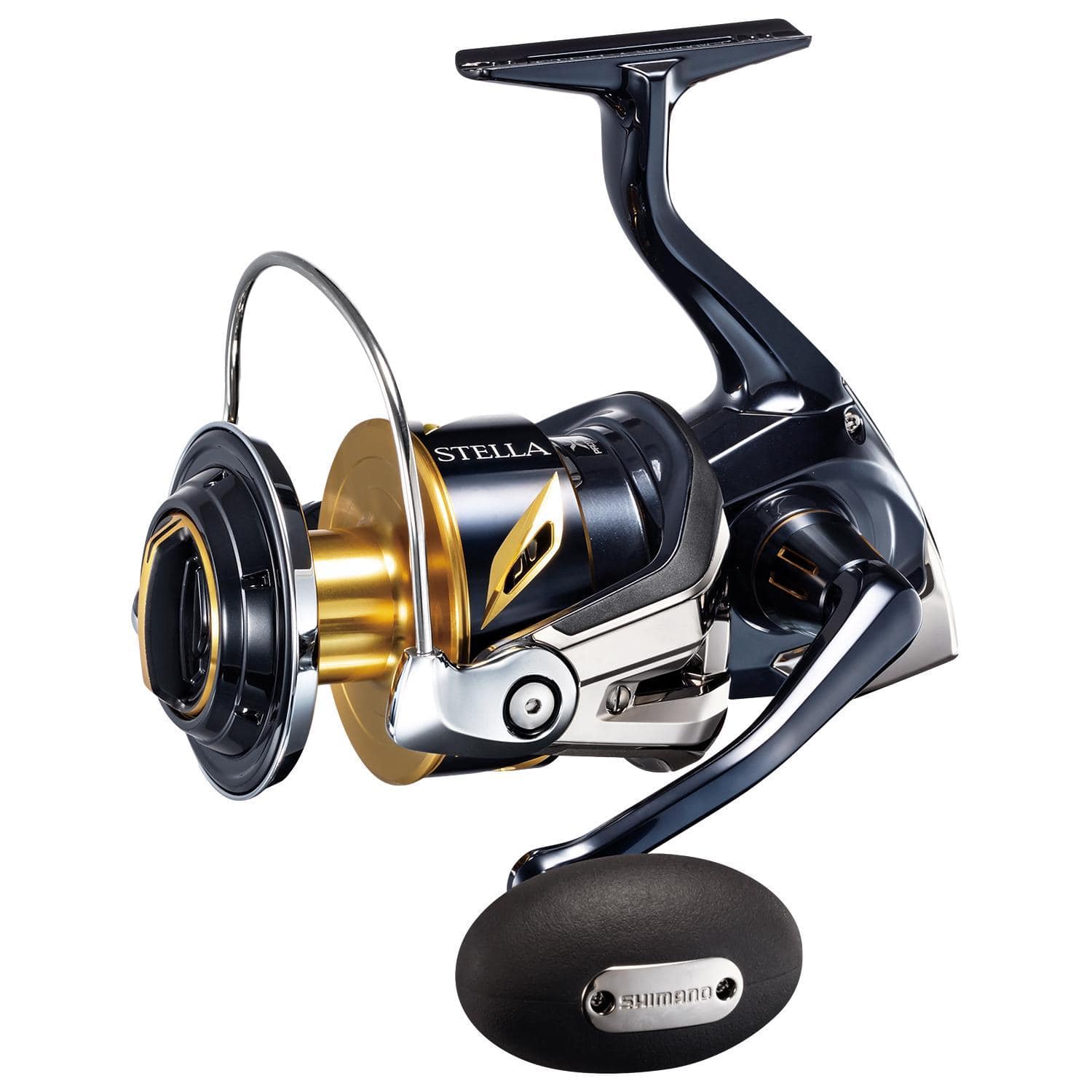





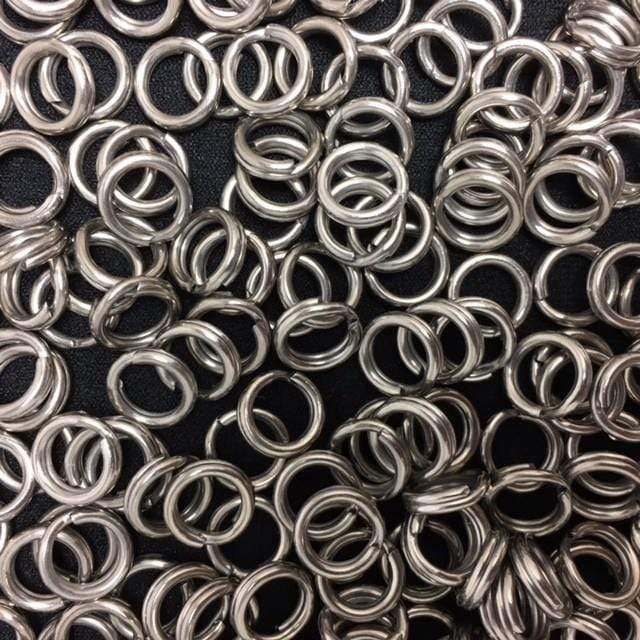
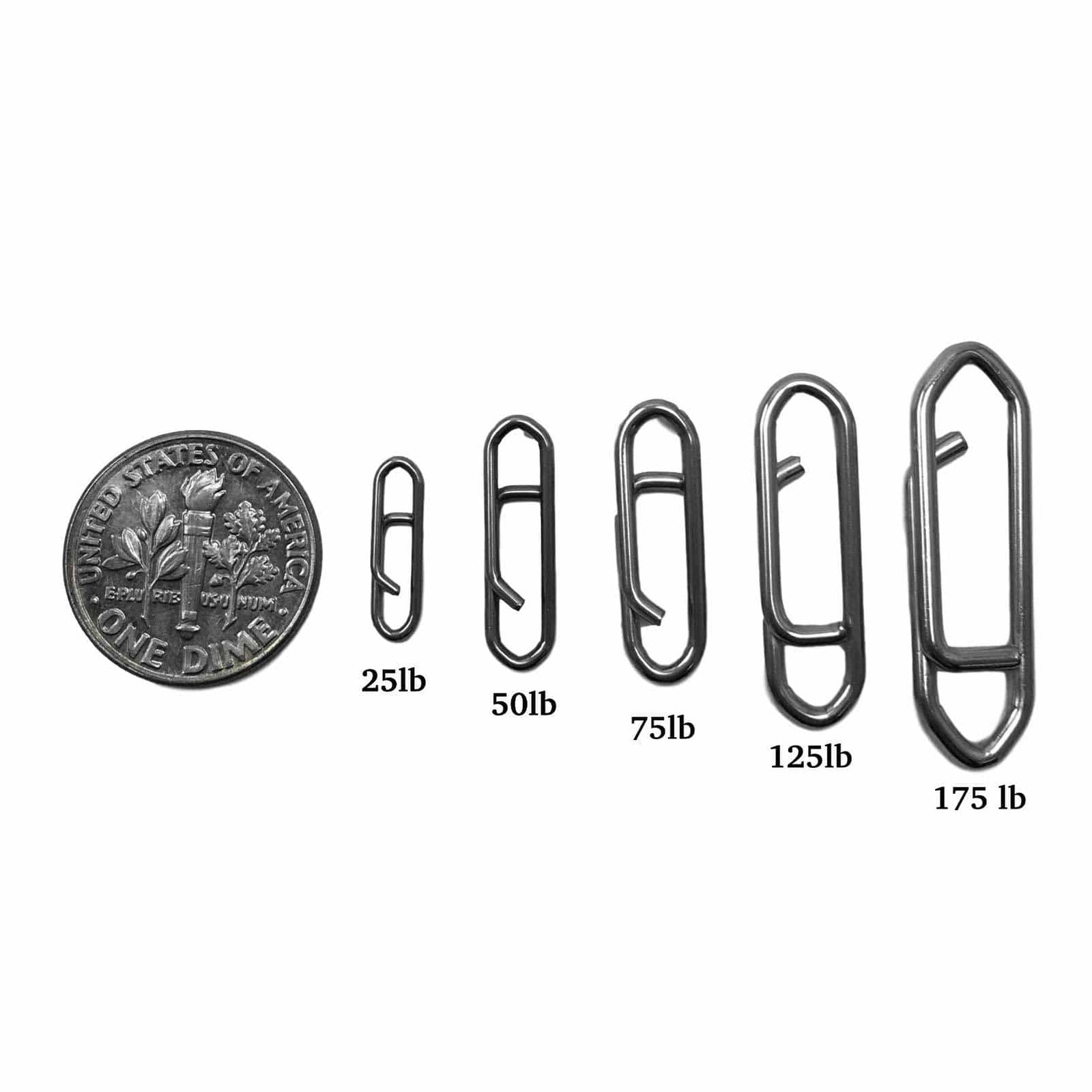






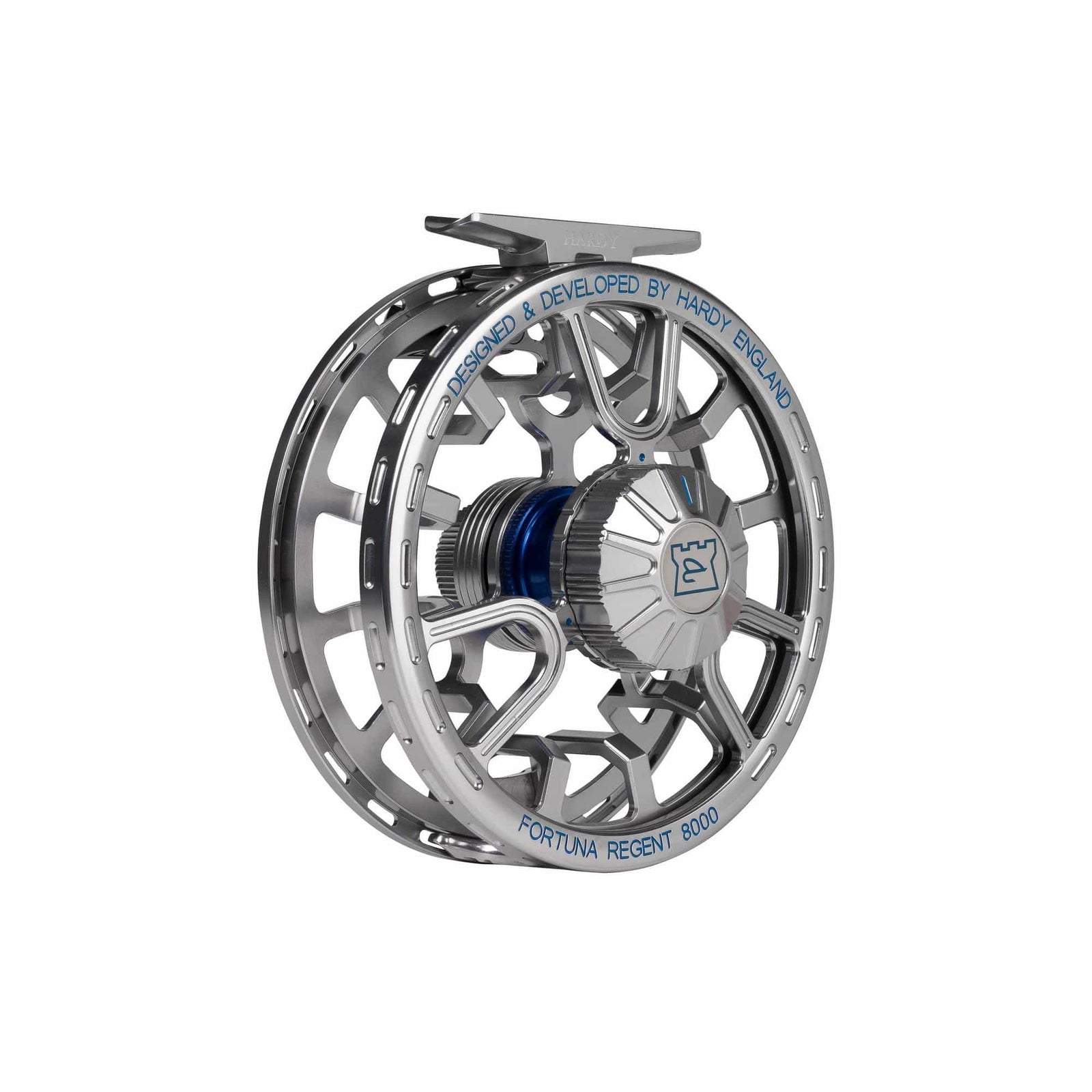
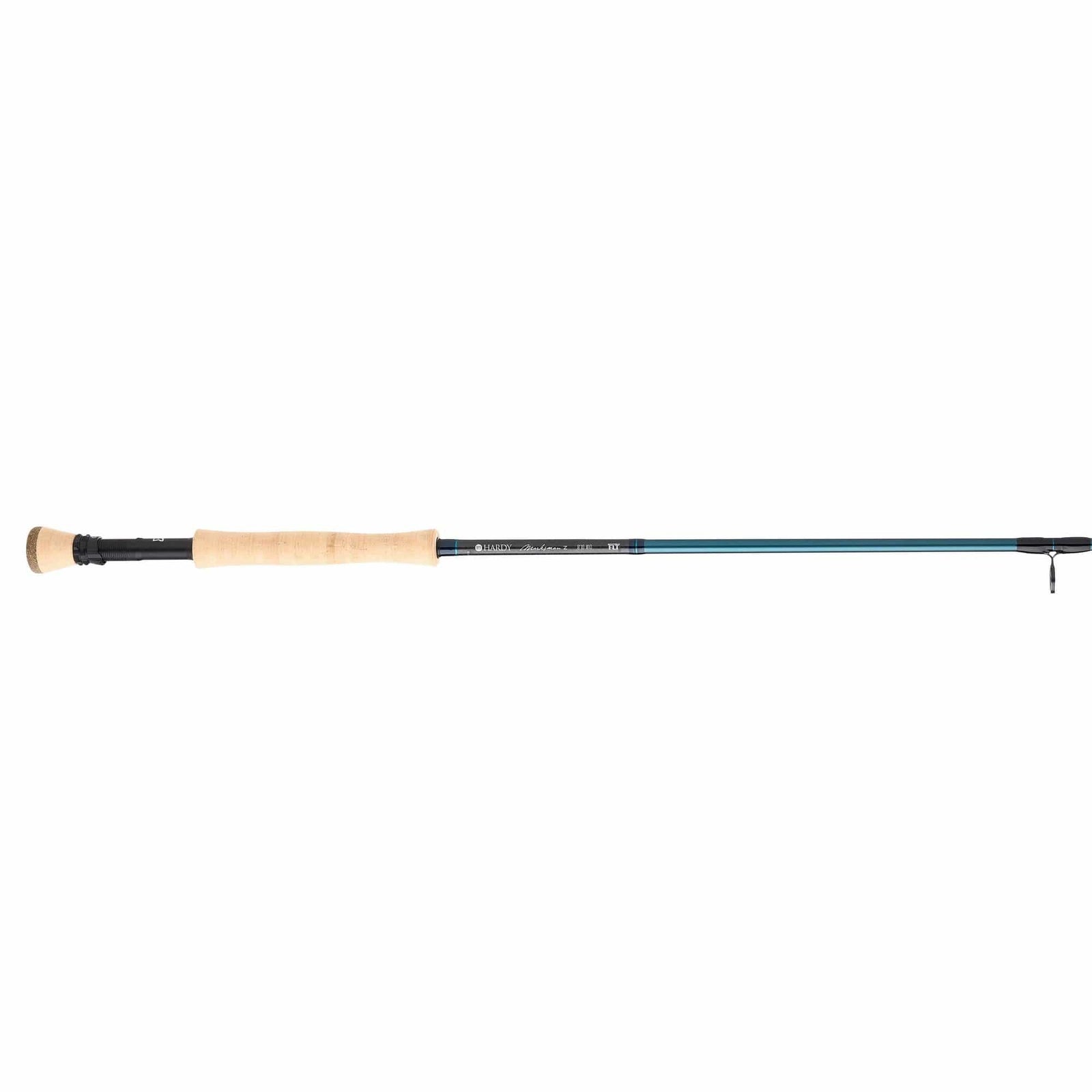


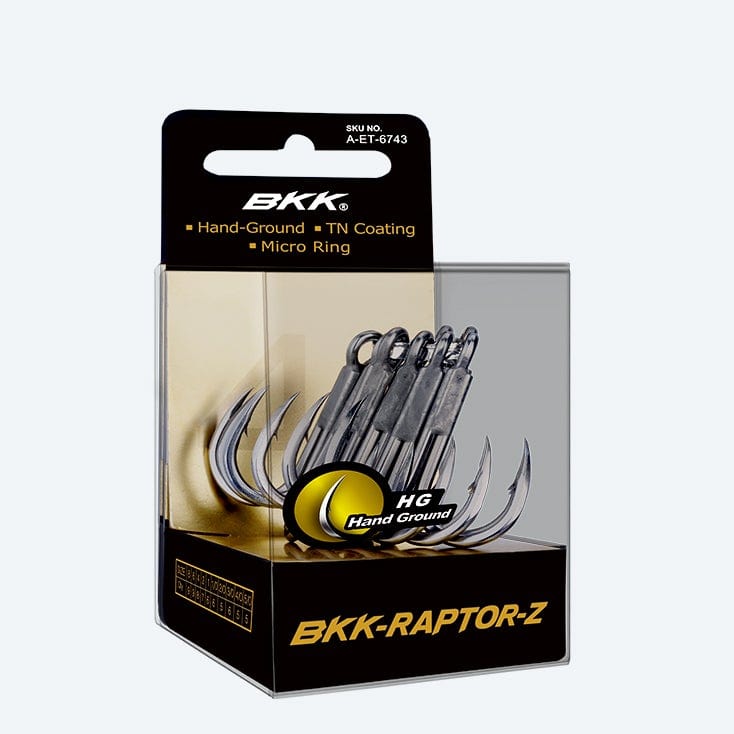


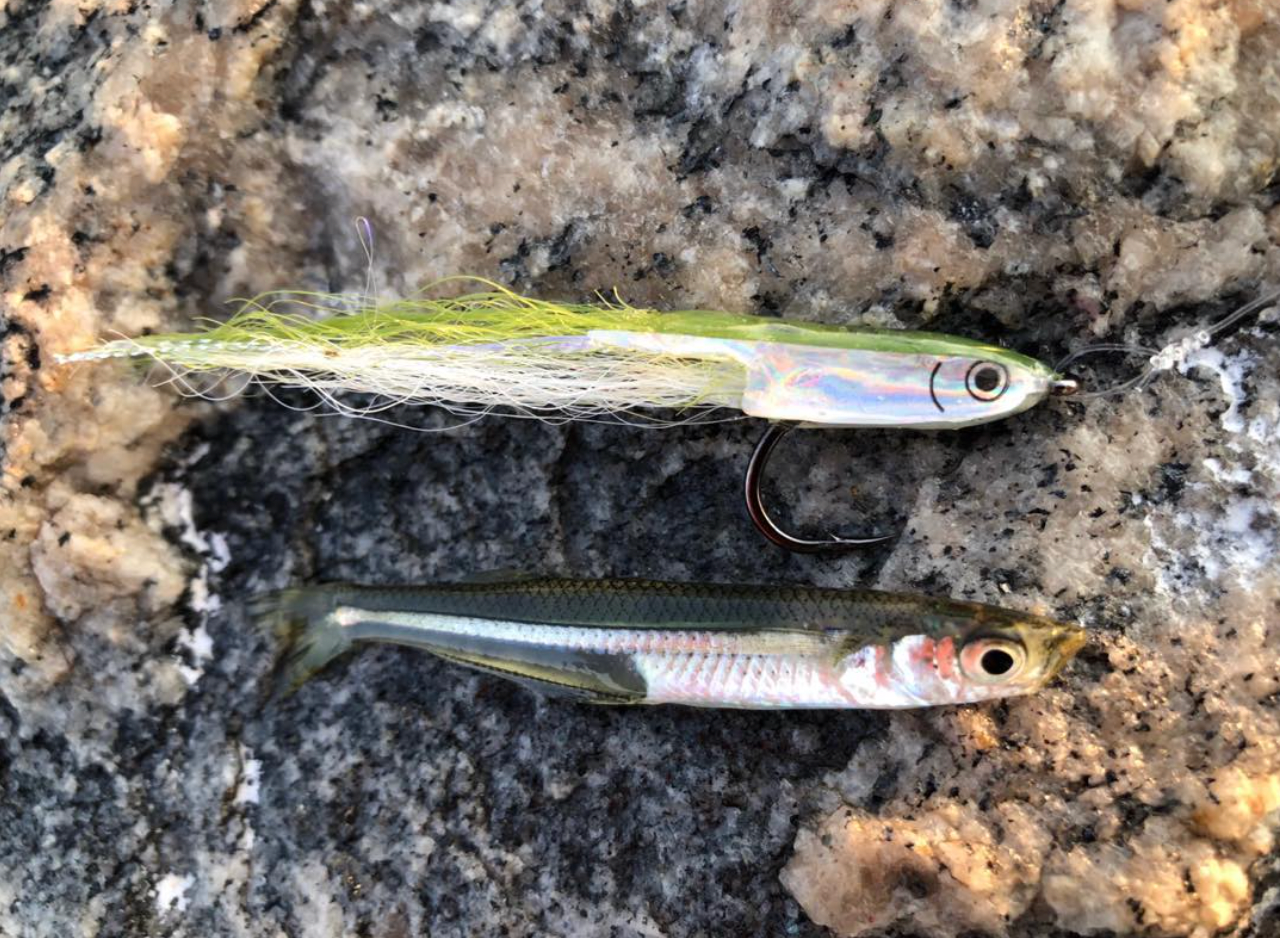
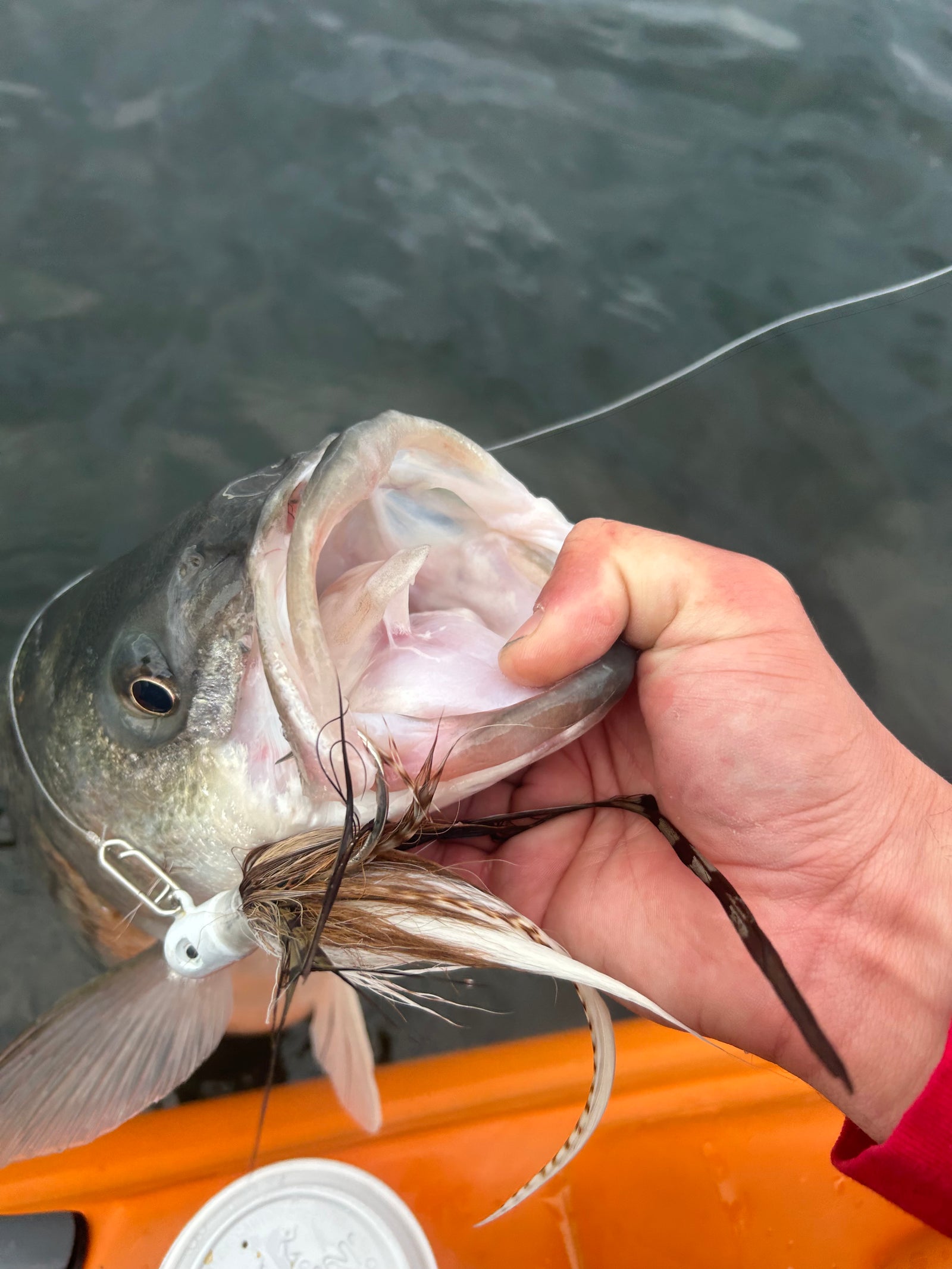

George
August 17, 2021
I fished the Cape with those guys in the 70s
Red Gills were awesome. Many cows were caught
.Head of the meadow Ballston
Caught so many cows
Really miss those days. I’m 77 now but have so many great memories of those days. Thanks for the article